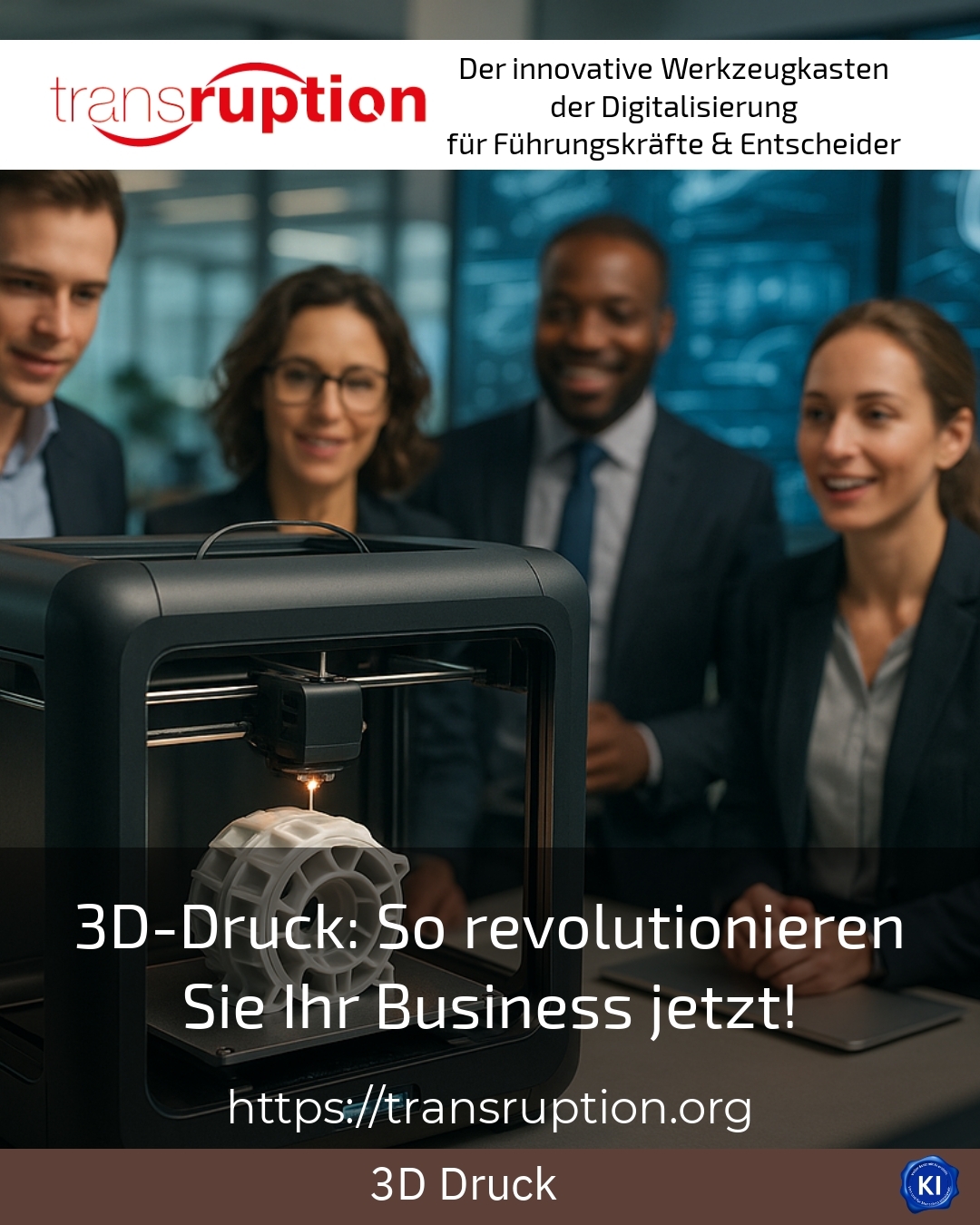3D printing is changing the way companies develop, test and produce products. This technology allows complex ideas to be realised quickly and cost-effectively. Many industries are already using 3D printing to speed up their processes and find new solutions. The added value is particularly evident in prototype construction, small series production and the manufacture of customised products. The flexibility and design freedom of 3D printing open up new opportunities for companies to drive innovation and differentiate themselves on the market.
3D printing: fast, flexible, customised
3D printing makes it possible to manufacture products directly from digital data. This saves time and reduces costs. Companies can quickly adapt designs and implement them directly. This results in prototypes that can be easily tested and optimised. In the automotive industry, for example, body parts and engine components are produced using 3D printing. In the aerospace industry, lightweight but stable components are created that improve performance. Jigs and fixtures are also produced using 3D printing in toolmaking. Customisation to meet specific requirements is quick and easy.
In mechanical engineering, companies benefit from the ability to realise complex geometries. Undercuts, cavities and internal structures are no longer a problem. This leads to innovative solutions and optimised components. In medical technology, customised prostheses and implants are manufactured. Every patient receives a product that is precisely tailored to their needs. Individual products such as jewellery or household items are also manufactured using 3D printing in the consumer goods industry.
3D printing in practice: examples from the industry
In the automotive industry, 3D printing is used to produce tools, jigs and fixtures for prototypes and tests. This speeds up development and saves costs. In the aerospace industry, lightweight but stable components are produced to improve performance. Jigs and fixtures are also produced using 3D printing in toolmaking. Customisation to meet specific requirements is quick and easy.
In mechanical engineering, companies benefit from the ability to realise complex geometries. Undercuts, cavities and internal structures are no longer a problem. This leads to innovative solutions and optimised components. In medical technology, customised prostheses and implants are manufactured. Every patient receives a product that is precisely tailored to their needs. Individual products such as jewellery or household items are also manufactured using 3D printing in the consumer goods industry.
In the construction industry, 3D printing is used to produce façade elements, fixtures and functional connecting parts. This enables flexible and fast production. In the defence industry, 3D printing can contribute to the rapid and flexible production of equipment and spare parts. Components are also manufactured using 3D printing in the shipping industry, as the batch sizes are often small and the dimensions large.
3D printing in the education sector
In education, 3D printing is increasingly being used to give pupils and students a better understanding of their subject area. Educators are using 3D printing to create physical models and prototypes to make concepts and theories more tangible. Architecture students create 3D models of their designs. Engineering students print their prototypes. Chemistry students print 3D sculptures of molecules. 3D printing encourages creativity and collaboration in the classroom and contributes to a better understanding of complex concepts.
3D printing in art and design
Artists utilise the design freedom of 3D printing to create unique sculptures and creative installations with complex shapes and structures. In the design sector, 3D printing plays a crucial role in prototype development and the production of customised products. Designers can quickly and flexibly realise ideas and offer customised solutions.
3D printing: tips for getting started
If you want to get started with 3D printing, you should first analyse your own requirements. Which products should be manufactured? Which materials are suitable? What software is needed? There are many providers who offer advice and support. Workshops and training courses help you to familiarise yourself with the technology. It is worth starting with small projects and growing step by step.
Choosing the right 3D printer is crucial. There are different technologies and materials that are suitable for different applications. The maintenance and care of the printer is important to ensure high quality. Working with experienced partners can make it easier to get started and avoid mistakes.
My analysis
3D printing offers companies a wide range of opportunities to optimise their processes and drive innovation. The technology is flexible, fast and customised. It enables the production of complex geometries and customisation to specific requirements. 3D printing is already being used successfully in many industries. If you want to get started with 3D printing, you should analyse your own requirements and start with small projects. Working with experienced partners can make it easier to get started and avoid mistakes.
Further links from the text above:
Innovative 3D printing applications
Five industries that benefit most from 3D printing
Areas of application for 3D printing
25 (unexpected) applications for 3D printing
3D printing applications - overview & examples
Additive manufacturing in Germany
Areas of application: What the industry often uses 3D printing for
Areas of application for 3D printing
Discover these 15 useful 3D printing business ideas
3D printing in industrial applications
Which industries use 3D printing
Industrial 3D printing: innovatiQ GmbH
For more information and if you have any questions, please contact Contact us or read more blog posts on the topic TRANSRUPTION here.
















